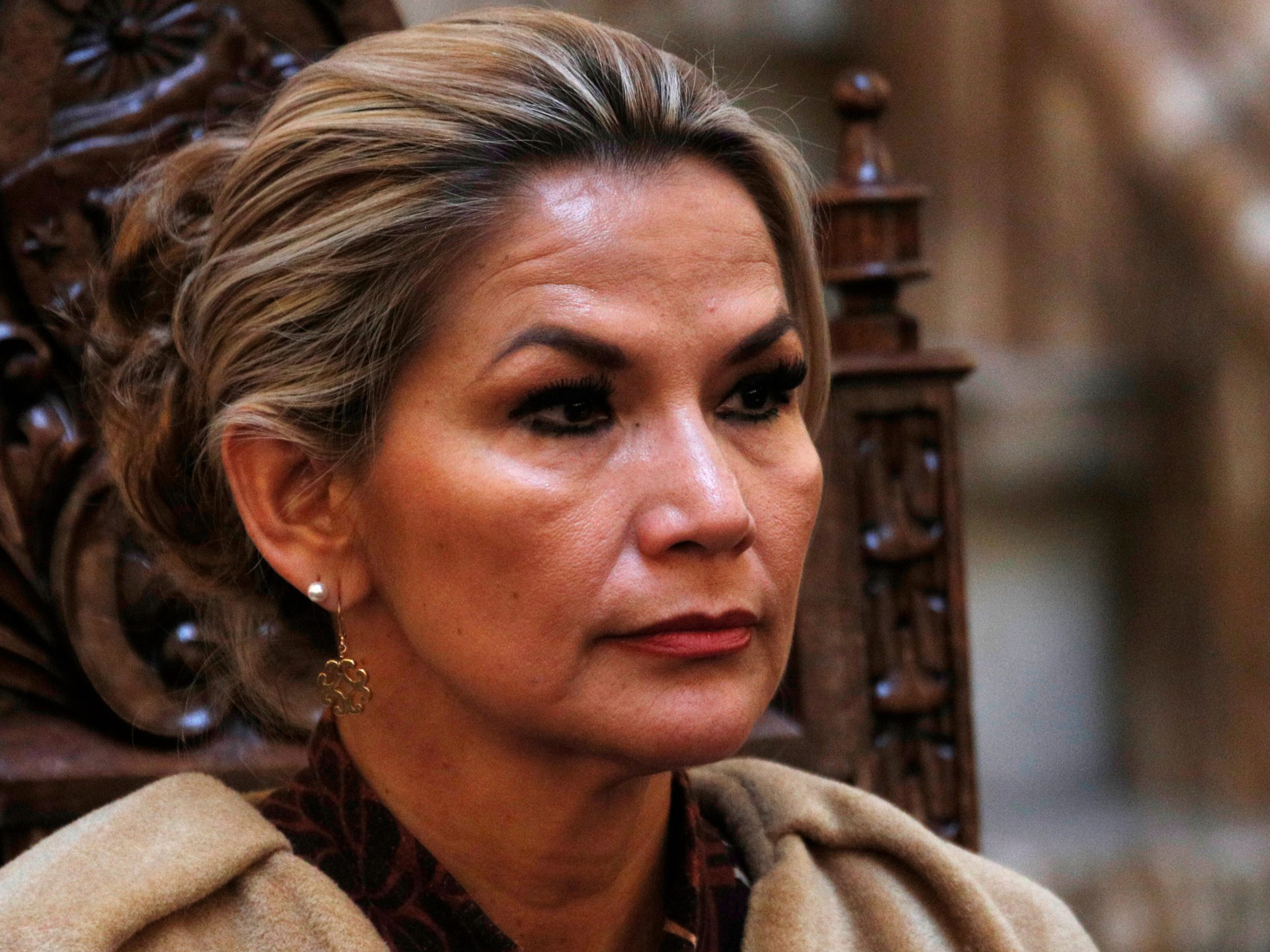Amanda Anisimova “embraced the fight” to overcome Iga Swiatek in three sets and join the undefeated Elena Rybakina in the knockout stage of the WTA Finals.
In a winner-takes-all encounter, the Wimbledon and US Open finalist progressed to Friday’s semi-finals with a 6-7 (3-7) 6-4 6-2 win over the Polish world number two in Riyadh.
Earlier, Rybakina completed a clean sweep of the Serena Williams Group with a 6-4 6-4 win over Ekaterina Alexandrova, a late replacement for the unwell Madison Keys.
Rybakina, who failed to progress past the fourth round at any of the Grand Slams in 2025, is now on a nine-match winning streak and has dropped just one set at the season-ending event so far.
The leading eight women’s players in singles and doubles are competing in Saudi Arabia, where £12m ($15.5m) in prize money will be won.
- 1 day ago
- 10 hours ago
- 11 hours ago
Anisimova ‘enjoys the fight’ against Swiatek
Wednesday’s meeting in Riyadh completed Swiatek and Anisimova’s 2025 trilogy, which started with the former’s stunning 6-0 6-0 triumph in the Wimbledon final, before the American exacted revenge in their US Open last-eight encounter.
In an opening set of fine margins, 2023 champion Swiatek held off four break points as tournament debutant Anisimova grew frustrated at her inability to convert her chances.
That angst continued to rise as six-time Slam champion Swiatek took control of the tie-break, wrapping up the set on her second point as she was rewarded for her resilience.
After asking the umpire to eject a vocal fan in the crowd, the Pole then missed three break points early in the second set, wasted chances the 24-year-old would later rue.
The remainder of the set went with the serve until Anisimova got her deserved break at the ideal time, her relentless pressure forcing Swiatek into a backhand error at set point down.
Swiatek saved five break points early on in the third set, but an untimely double fault on the sixth proved decisive as Anisimova held off a break-back point before a forehand winner into the corner completed a fine comeback.
“I knew it was going to be such a tough challenge, I told myself to just go for it,” fourth seed Anisimova, also 24, told Sky Sports.
Rybakina unruffled by late opponent swap

Second alternate Alexandrova had sat on the sidelines all week but her patience proved worthwhile on Wednesday when Keys – unable to advance – withdrew just hours before her match with Rybakina.
The 30-year-old, who has enjoyed a breakthrough year in 2025, received the nod after fellow Russian and first option Mirra Andreeva, who is also competing in the doubles, declared she was not fit to play.
Alexandrova started impressively but squandered three break points before returning a forehand wide to hand the first break and a 5-4 lead to Rybakina.
The big-hitting Rybakina, sporting tape on her serving shoulder, served out the first set to love before breaking early in the second courtesy of a backhand error off her opponent’s racquet.
As Alexandrova’s serve faltered, Rybakina stepped up a gear and she doubled her advantage with a brutal forehand winner on break point, only to immediately lose one of her breaks when serving for the match.
Her struggle to get over the finish line continued, forced to save two break points in her next service game, before eventually sealing victory on her second match point as Alexandrova sent a backhand long.
“Each win gives you confidence,” said Rybakina, 26. “Hopefully I can continue.”
In the doubles, 2022 champions Veronika Kudermetova and Elise Mertens confirmed their semi-final berth with a 6-3 6-3 victory over Italian pair Paolini and Sara Errani.
Related topics
- Tennis

- 16 August






